Introduction: Why Fire Sprinkler Systems Are Essential
Fire can break out suddenly and wreak havoc on life and property. Fire sprinkler systemOne effective solution to help extinguish hazards is the installation of fire sprinkler system. These systems are designed to sense heat and automatically engage, dispensing water through strategically placed fire sprinkler heads to quell the fire before it spreads.
Sprinkler pipework system is vital to protecting buildings from fire damage, ensuring that buildings are compliant with fire safety regulations, and can also help reduce the financial impact of a fire. Sprinkler Head Types, Hazard Classifications, and Sprinkler Pipe Installation: A Guide Fire sprinkler heads are critical devices in fire protection systems that help suppress flames and minimize damage to buildings and occupants.
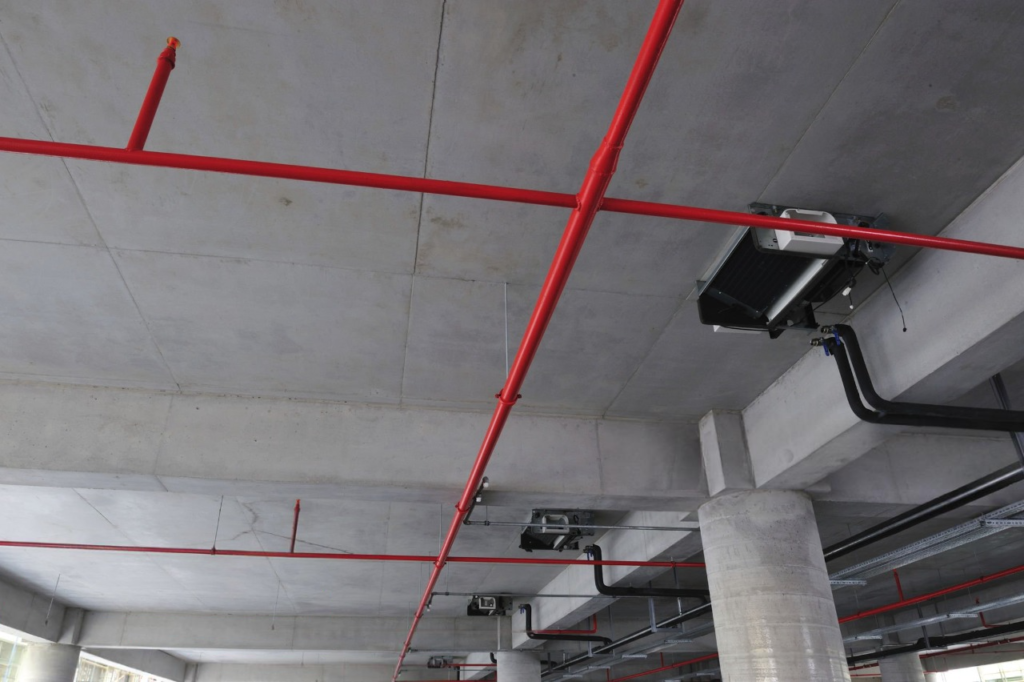
Understanding Fire Sprinkler Heads
What Is a Fire Sprinkler Head?
Fire sprinkler heads are a part of a fire suppression system. It is the thing which releases water when there is a fire. These heads will activate when the ambient temperature reaches the set value, allowing quick activation in the event of a fire.
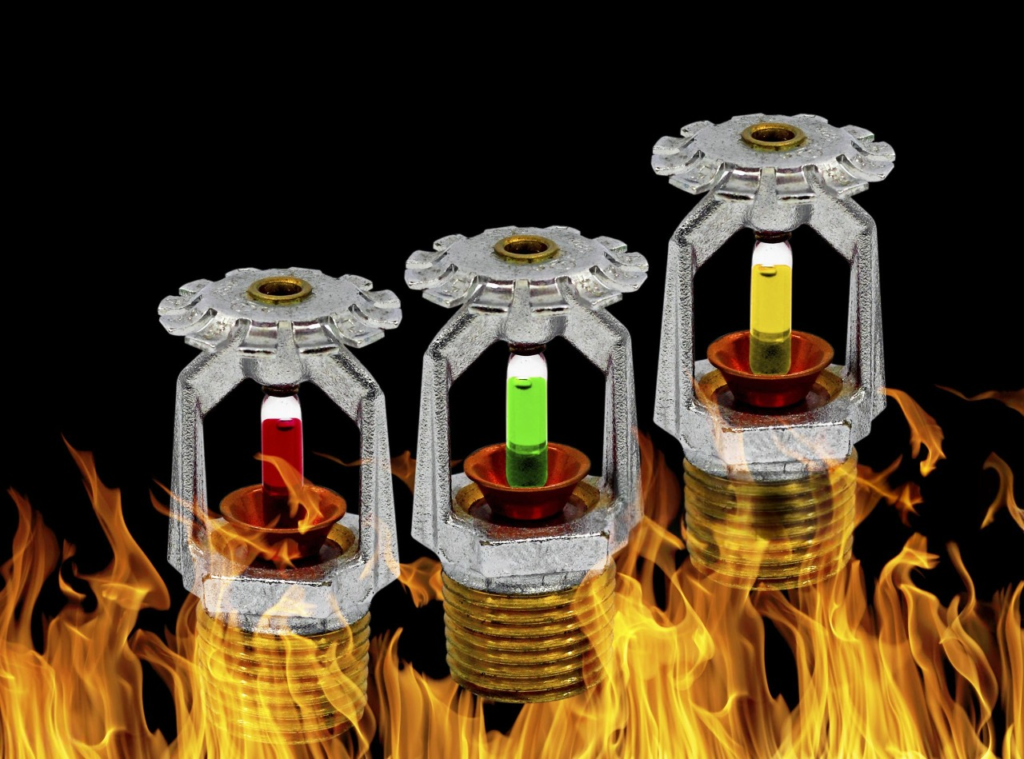
Types of Fire Sprinkler Heads
There are different fire sprinkler head types for specific environments and fire risks:
Pendant Sprinkler Heads
Found mostly in commercial buildings, these hang down and give water in a round formation.
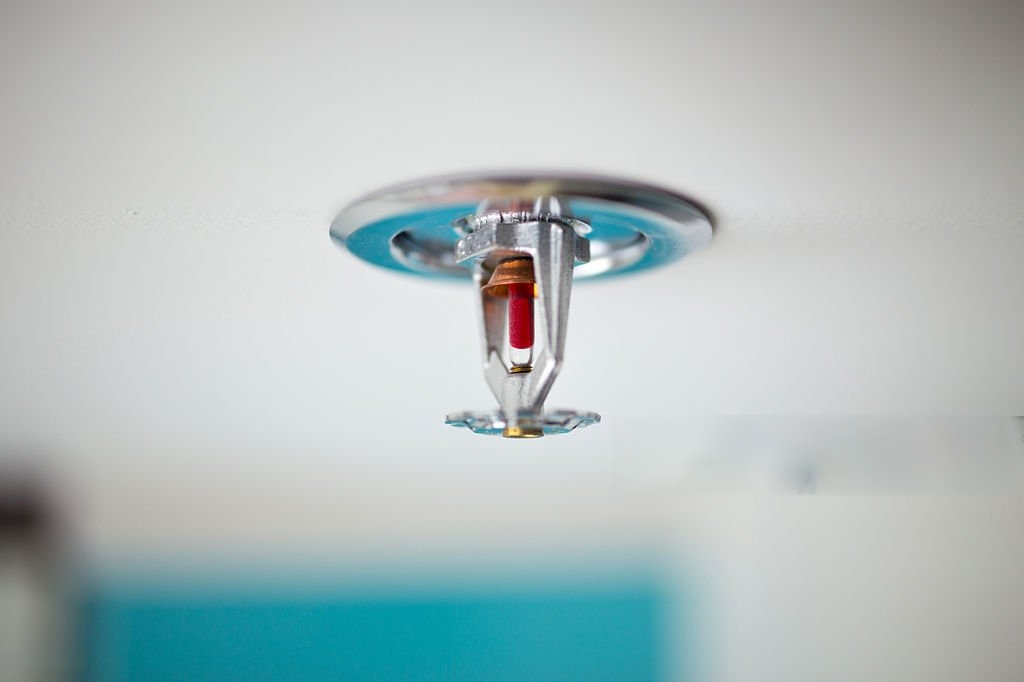
Upright Sprinkler Heads
These sprinkler heads spray water upwards when installed in obstructed areas before deflecting it downwards.
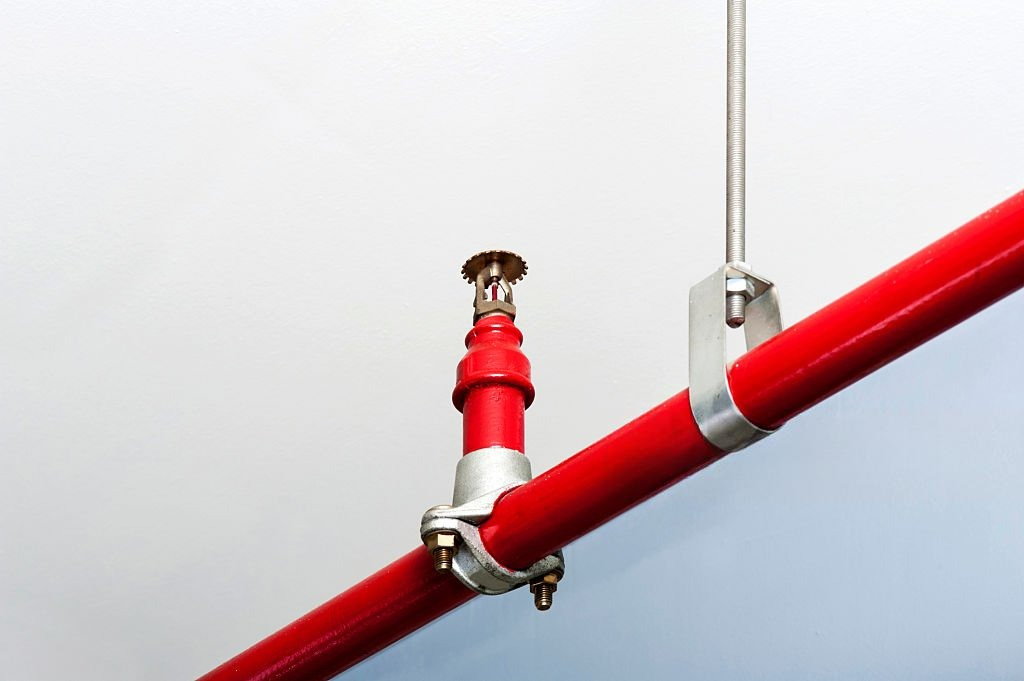
Sidewall Sprinkler Heads
deploy on walls and serve best in confined spaces like corridors and small rooms.
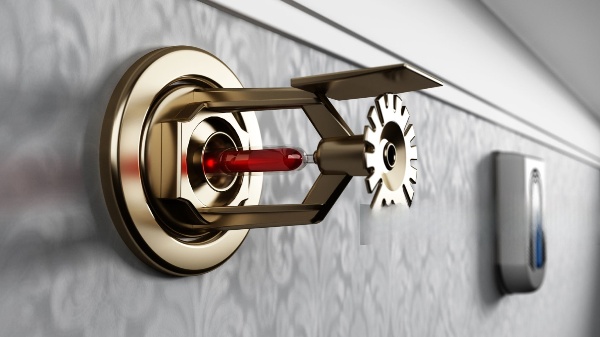
Concealed Sprinkler Heads
These sprinklers stay concealed until they need to operate to maintain aesthetic appeal.
Pre-Action Sprinkler Heads
The sprinklers function in pre-action systems by needing extra activation devices to discharge water.
Deluge Sprinkler Heads
Deluge sprinkler heads keep their nozzles open at all times to discharge water instantly when the system activates in areas with high fire risks.
ESFR (Early Suppression Fast Response) Sprinkler Heads
ESFR (Early Suppression Fast Response) Sprinkler Heads are engineered specifically to handle severe fire risks commonly found in warehouses that store combustible materials.
Standards for Fire Sprinkler Heads
Fire sprinkler heads need to fulfill established industry standards which guarantee both their operational effectiveness and regulatory safety compliance. The most widely recognized standards include:
NFPA 13 (National Fire Protection Association)
outlines the necessary specifications for designing, installing, and maintaining sprinkler systems.
FM Global Standards
concentrates on managing fire risks through structured evaluation and performance testing procedures.
UL (Underwriters Laboratories) Listing
certifies that sprinkler heads comply with established safety and performance benchmarks.
The European Standard EN 12845
establishes the requirements for fire sprinkler systems used in commercial and industrial settings.
BS 9251 (British Standard)
establishes guidelines for fire sprinkler systems in residential properties.
ISO 6182
serves as an International Standard that establishes global guidelines for automatic fire sprinkler systems.
Emergency situations depend on the dependable performance of fire sprinkler heads which these standards guarantee.
Why Are Fire Sprinkler Heads Systems Important in Buildings?
Immediate Fire Suppression: Fire sprinklers provide quick response action which prevents fires from spreading and causing serious damage.
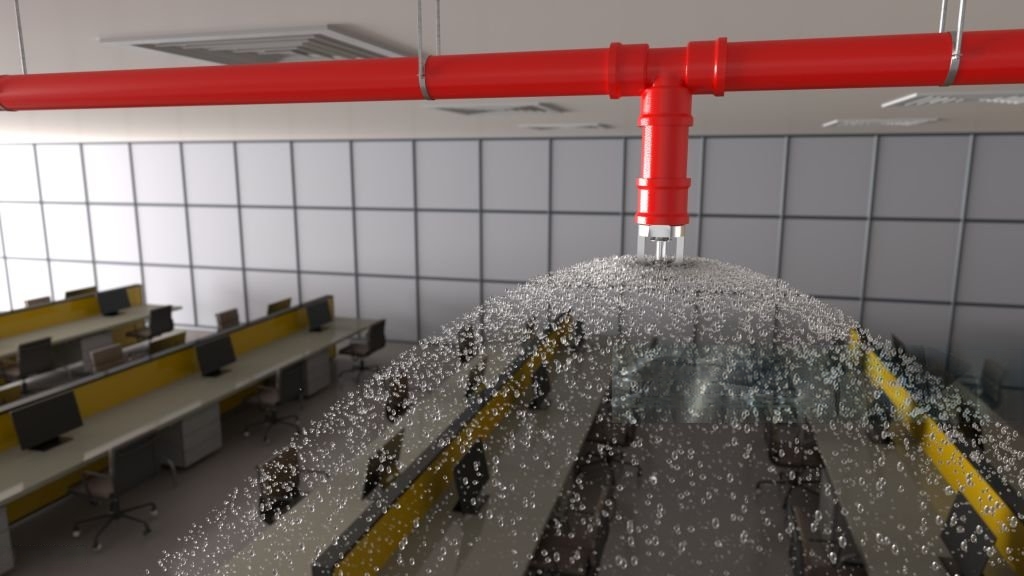
Safety Compliance: The installation of sprinkler pipework helps buildings fulfill both fire safety standards and insurance requirements.
Cost-Effective Solution: Sprinklers prevent full fire destruction and help to decrease repair expenses.
Life Protection: By controlling fires during their early stages, fire sprinklers greatly decrease the number of injuries and deaths that occur.
Automatic Functionality: Sprinklers function automatically without human intervention which differentiates them from manual firefighting methods.
Categories of Hazard Areas
Fire risks depend on the nature of the building, its contents, and occupancy. Such risks are classified into three hazard categories.
Low Hazard Areas
Buildings with minimal combustible materials.
Examples: Offices, libraries, and churches.
In these areas, fire sprinkler heads were designed to discharge less water.
Medium and Moderate Hazard Areas
Areas with moderate fire risk due to an increased abundance of combustible materials.
Examples: Shopping malls, hotels, and warehouses.
Requires well-planned sprinkler pipework to ensure effective fire suppression.
High Hazard Areas
High-risk environments containing flammable chemicals or materials.
Examples: Factories, chemical plants, and power stations.
Need specialized pre-action fire sprinkler systems for added protection.
How to Install Sprinkler Pipes in a Building
Fire sprinkler systems installed with much planning and precision. The following are major steps:
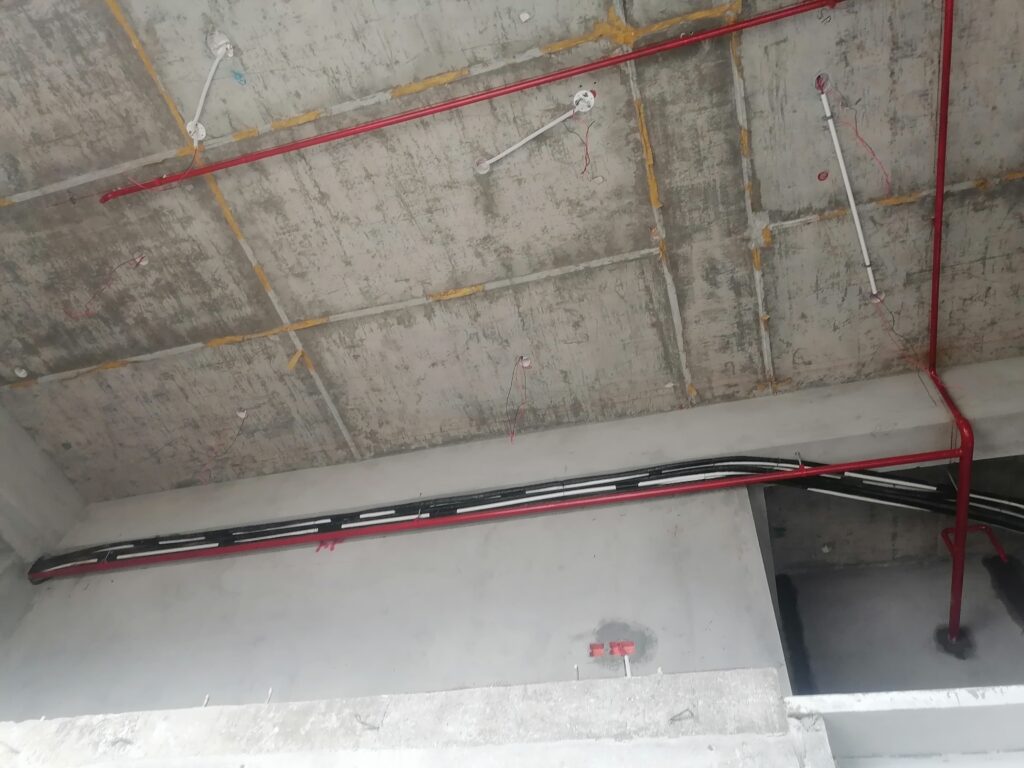
Step 1: Design and Planning
By conducting a fire risk assessment, you will be able to identify the correct level of sprinkler protection.
Select the type of sprinkler pipework based on hazard classification.
Plan the layout to ensure all necessary areas covered.
Get in touch for sprinkler protection design services
Step 2: Choosing the Right Sprinkler Pipes
Use durable materials like steel, CPVC, or copper pipes.
Ensure pipes are corrosion-resistant for long-term reliability.
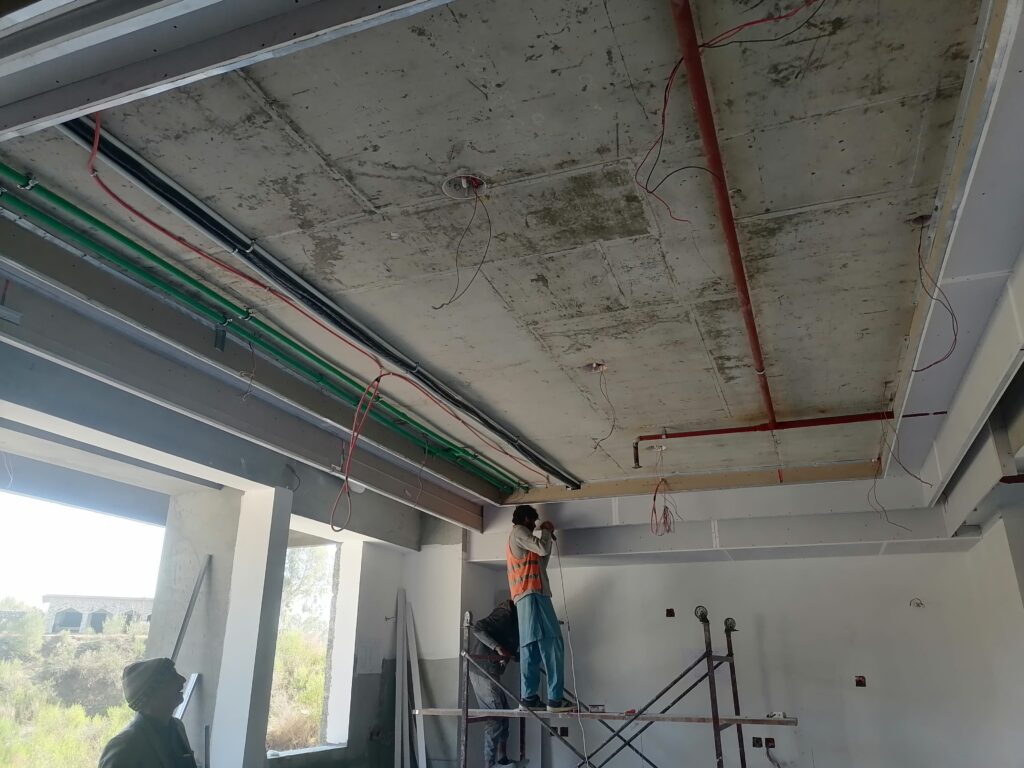
Step 3: Installation of Sprinkler Pipes and Heads
In accordance with the design layout, ceiling and wall sprinkler piping should be mounted.
Install fire sprinkler heads at appropriate locations.
Ensure proper connections to the main water supply.
Step 4: Testing the System
Conduct sprinkler pipe pressure testing to check for leaks.
Perform a functional test to ensure proper activation.
Obtain approval from fire safety authorities.
Step 5: Maintenance and Inspections
Regularly inspect and clean fire sprinkler heads.
Check for corrosion or blockages in sprinkler pipework.
Schedule routine professional maintenance.
Pre-Action Sprinkler Systems: How They Work
Pre-action sprinkler systems are specialized sprinkler systems designed for areas where accidental water discharge would cause substantial damage, like data centers or museums. Here’s how they work:
1. The system requires two triggers to activate:
A fire detection system (such as smoke detectors) must first identify a fire.
Then the sprinkler heads are required to reach a specific temperature to release water.
2. This dual-action mechanism reduces the risk of accidental water discharge.
Conclusion:
The Role of Fire Sprinkler Systems in Fire Safety
Fire sprinkler systems are an integral part of the overall fire protection provided in commercial and residential structures. The systems offer immediate suppression of the fire, thereby saving lives and reducing damages to the property. Building owners can better understand how to protect their buildings effectively by learning about the different types of sprinkler heads, hazard classifications, and installation procedures.
To keep these systems operating effectively, it is of great importance to carry out their regular maintenance and follow all the standards of the industry. Having a reliable fire sprinkler system installed is more than just a precaution—it’s an intelligent investment that can prevent loss of lives and property.
Q&A
Q: How often should fire sprinkler systems be inspected?
A: Fire sprinkler systems should be inspected at least once a year, with more frequent checks recommended for high-risk areas.
Q: Can fire sprinklers be manually activated?
A: No, fire sprinklers are designed to activate automatically when the surrounding temperature reaches a specific threshold.
Q: Are fire sprinkler systems expensive to install?
A: While the initial cost can vary depending on the building size and system type, the long-term benefits of fire protection and potential insurance savings often outweigh the upfront expenses.
Q: Do fire sprinklers cause water damage?
A: While sprinklers release water, they are designed to control fires quickly, minimizing both fire and water damage compared to uncontrolled fires.
Q: Can fire sprinkler systems be installed in older buildings?
A: Yes, fire sprinkler systems can be retrofitted into older buildings, though the installation process may require additional planning and modifications.